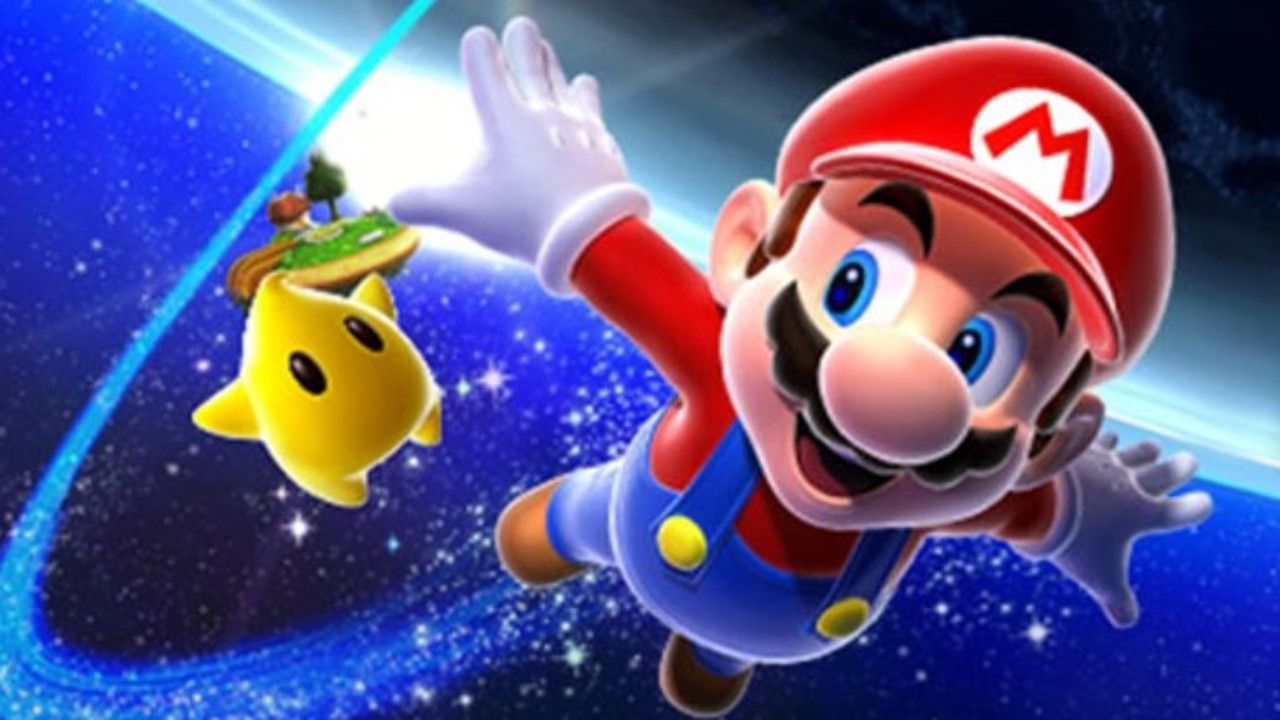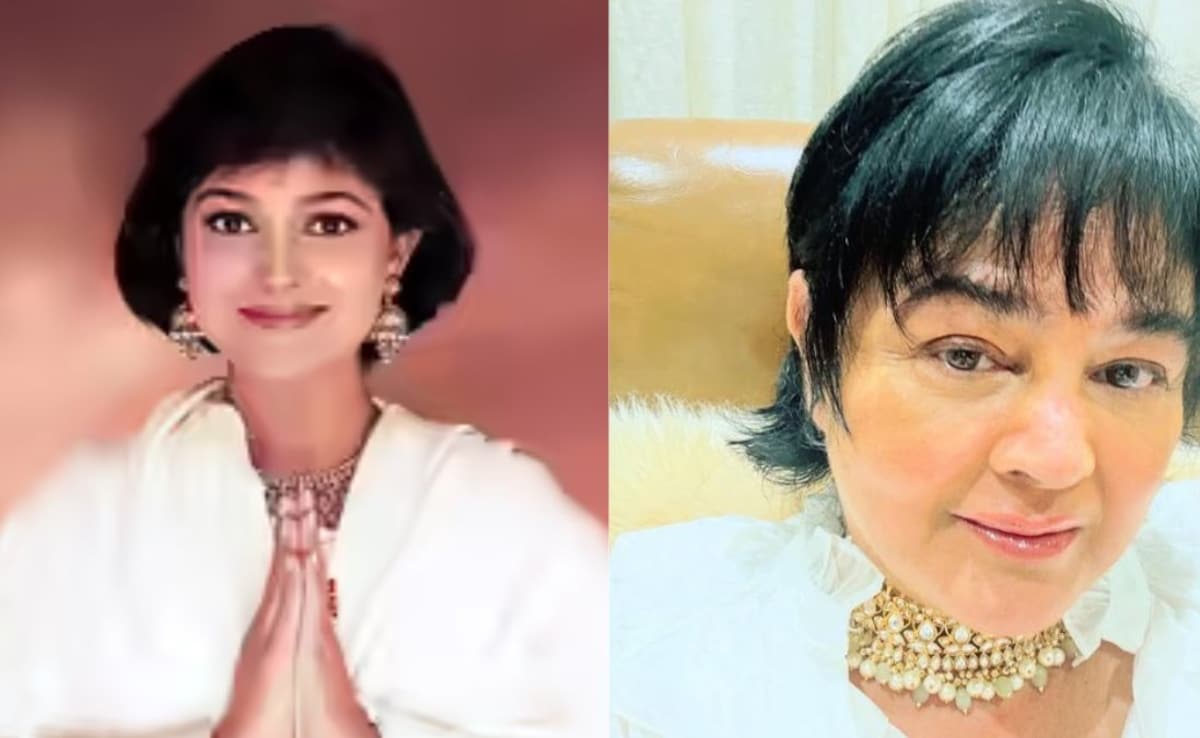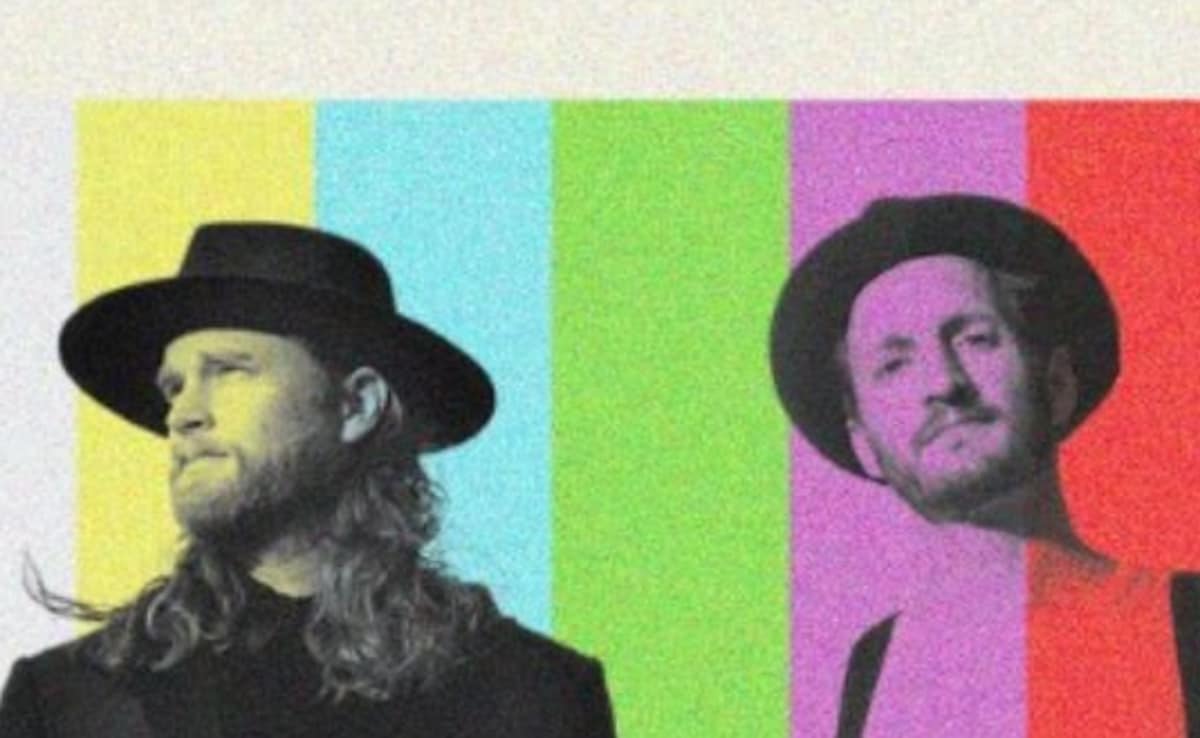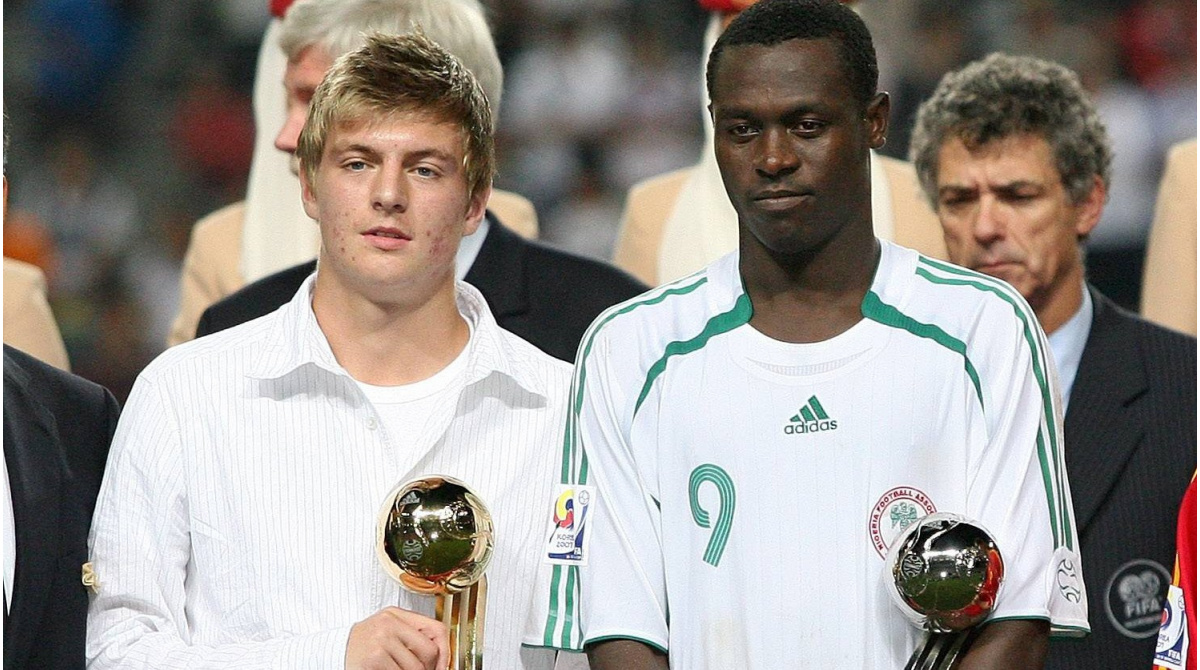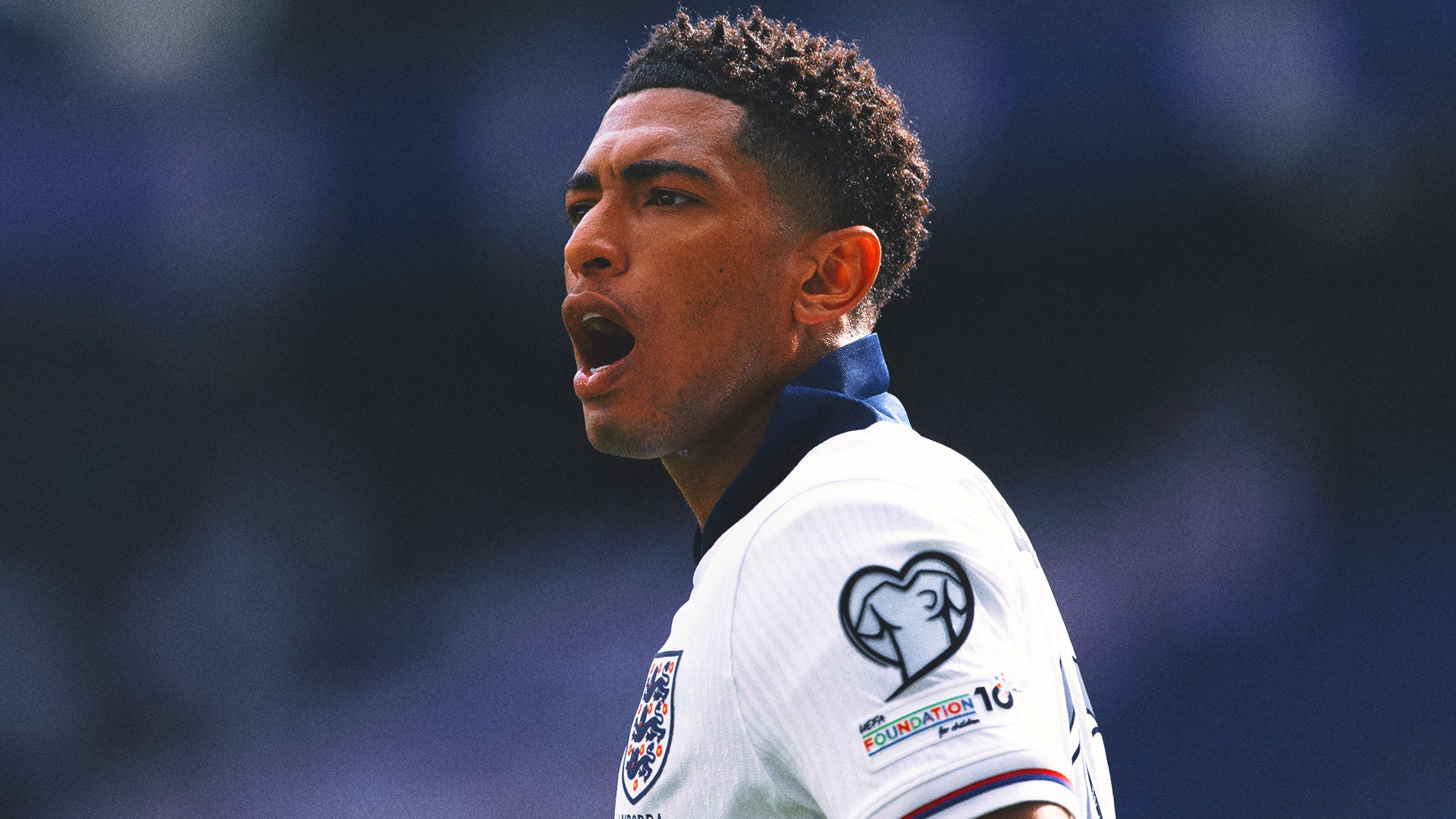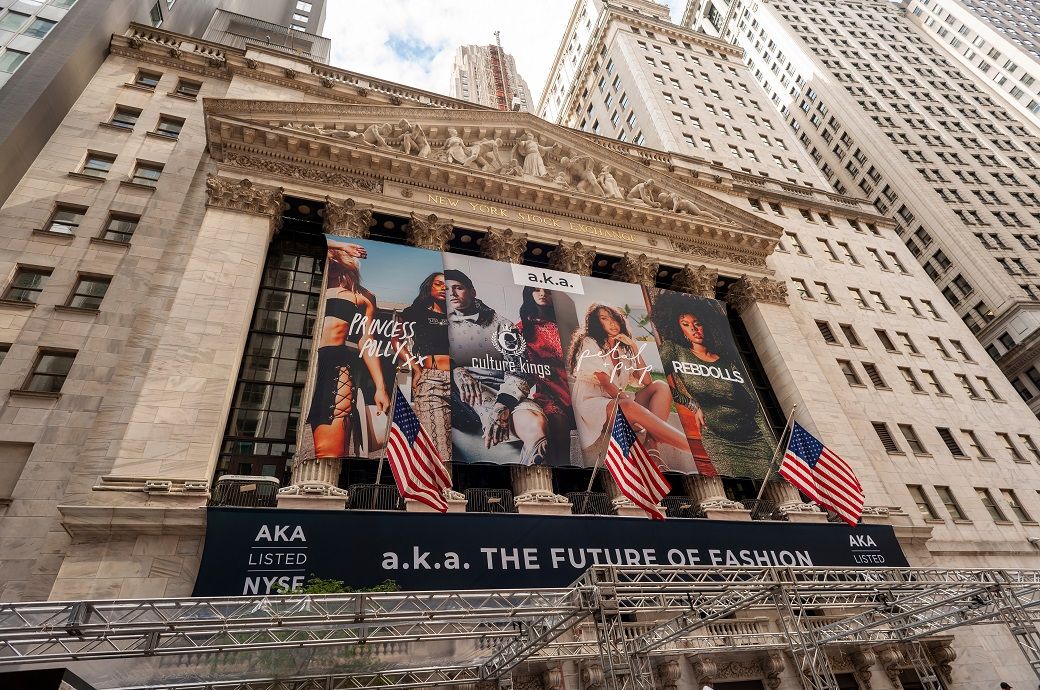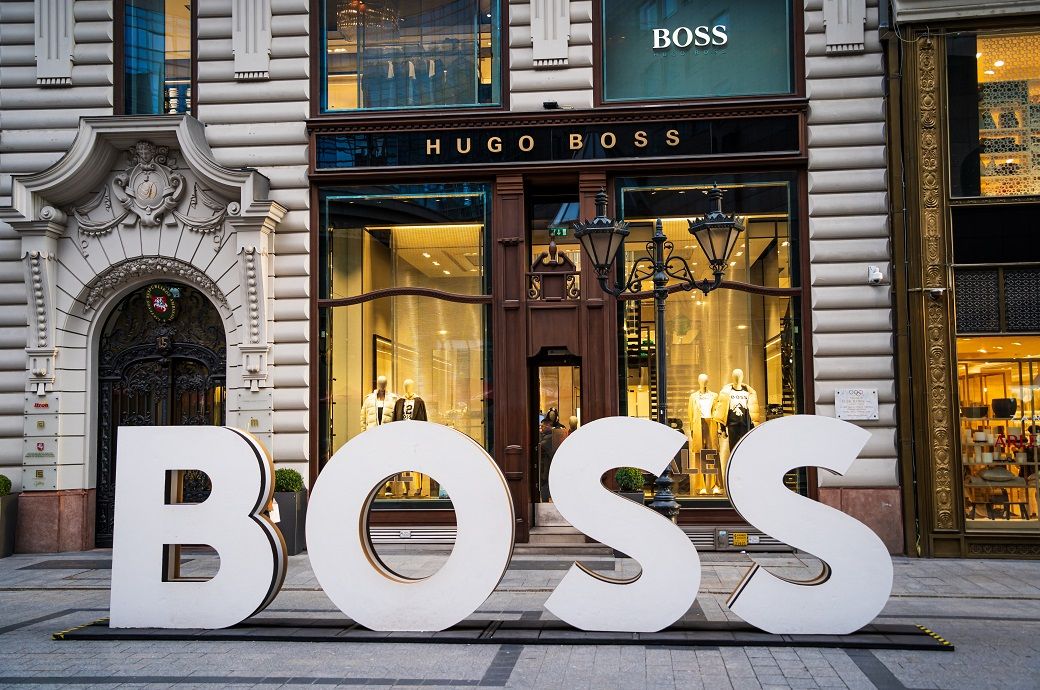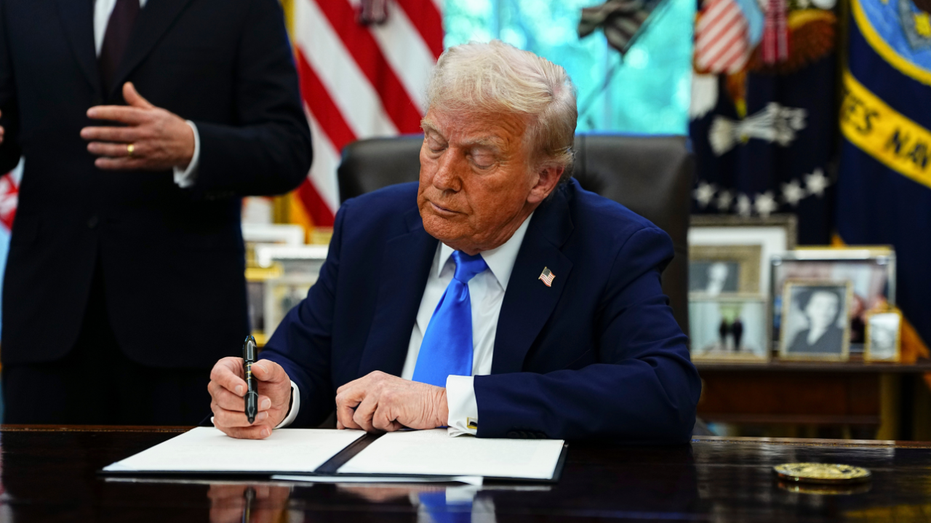Funding cuts may make public radio more reliant on old, rich, white donors

After years of interviews, research, and writing, Laura Garbes submitted the final draft of her book on public radio in December 2024. By the time Listeners Like Who? Exclusion and Resistance in the Public Radio Industry published last month, a lot had changed. Following Trump’s election and federal defunding of public media, the Corporation for Public Broadcasting announced it would shut down and NPR member stations — especially those in rural or economically disadvantaged areas — are facing cuts, layoffs, and potential closure.
Garbes’s book, however, is more relevant than ever.
Listeners Like Who? chronicles a contradiction at the core of public radio: the listener-member model that public radio has turned to after decades of government underfunding conflicts with its stated goal to reflect and serve all Americans. The model is also making it harder to diversify its audience — a crucial step as its listeners age and digital listening displaces radio — Garbes writes.
Losing the rest of the public funding is likely to make the problem worse. In the face of cuts, many stations are issuing renewed appeals to their traditional donor base, making public radio even more reliant on private donations and an audience that’s older, whiter, and richer than the average American.
Many in public radio are worried the donor appeals are not sustainable in the long term, but when I spoke to her last month, Garbes was also concerned about the effect the defunding will have on programming and journalists of color in public radio.
Garbes, assistant professor of sociology at the University of Minnesota, interviewed and anonymized 83 public media workers for Listeners Like Who? She conducted the interviews in 2020 and 2021 (often via Zoom) — a period when newsrooms across the country were reckoning with racial justice and making commitments to diversify. The conversations she had then now serve as a time capsule of that moment’s promises and preoccupations.
Story pitches, guest choices, marketing materials, and other editorial decisions were being shaped by very specific ideas about listeners and what public radio “should” sound like, public media workers told Garbes. In their own words:
“People felt really conflicted about some of these efforts that are being made. They wanted to be supportive because this was stuff they’ve asked for in the past. But they were like, Where was this six months ago? And, now, they are concerned about how long it’s going to continue,” Garbes said. “Especially people that had been there over a decade, it was not just where was the support before? but also where will the support go in five years? I think it was pretty prescient. There was this ambivalence. People told me, I don’t want to seem fatalistic but also? I’ve seen this before.”Imagining an “older, whiter, and wealthier” audience is holding digital transitions and audience work back at other types of newsrooms as well. The decision-makers in public media, according to Garbes’ interviewees, rarely looked at concrete audience data or thought about the need to diversify the audience to boost listenership as they made editorial decisions. Instead, their notions about the public radio audience seemed to reflect donor event attendees and the social circles of the (often white) editors.
The construction of the listener-member, and its wide adoption by local stations, was not inevitable, Garbes argues.
Audience research and specifically a system of “psychographic profiles” designed by David Giovannoni created a loyal “listener-member” class that public radio stations used as a financial crutch when public funds were repeatedly cut. (A 2001 profile in The New York Times called Giovannoni “quite possibly the most influential figure in shaping the sound of National Public Radio.”) Giovannoni prioritized the “core” 40% of NPR listeners who accounted for 80% of listening hours and created a profile: “middle-aged, college-educated, interested in social issues.”
Public radio is still a “public good” in that it’s free. But, as of October 1, public radio no longer receives any public federal funding.“I reread the book, honestly, with some panic after the election,” Garbes told me. “I reread the conclusion, and I said, Okay, despite the fact that a defunding might come, my conclusion that funding public media is essential for racial democracy doesn’t change, right?”
“I don’t know if it sounds a bit tone deaf,” she continued, “As in — wow, we should robustly fund public radio more than it’s ever been funded before. And everyone’s like, Well, the Corporation for Public Broadcasting no longer exists as of next January. But I think the lucky part of doing sociology, rather than being in the weeds on media policy, is [that] I’m able to have that 10,000-foot view of saying, I feel like we can pick this up legislatively, if we are lucky, in 2029. My goal was not to back down on believing that we want to think of communication as infrastructure [and] thinking of public radio like the Postal Service or another public good.”
More about Listeners Like Who? here.
What's Your Reaction?
 Like
0
Like
0
 Dislike
0
Dislike
0
 Love
0
Love
0
 Funny
0
Funny
0
 Angry
0
Angry
0
 Sad
0
Sad
0
 Wow
0
Wow
0



























